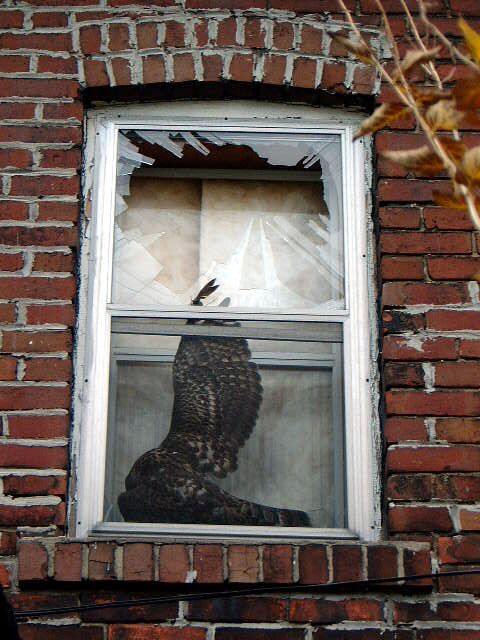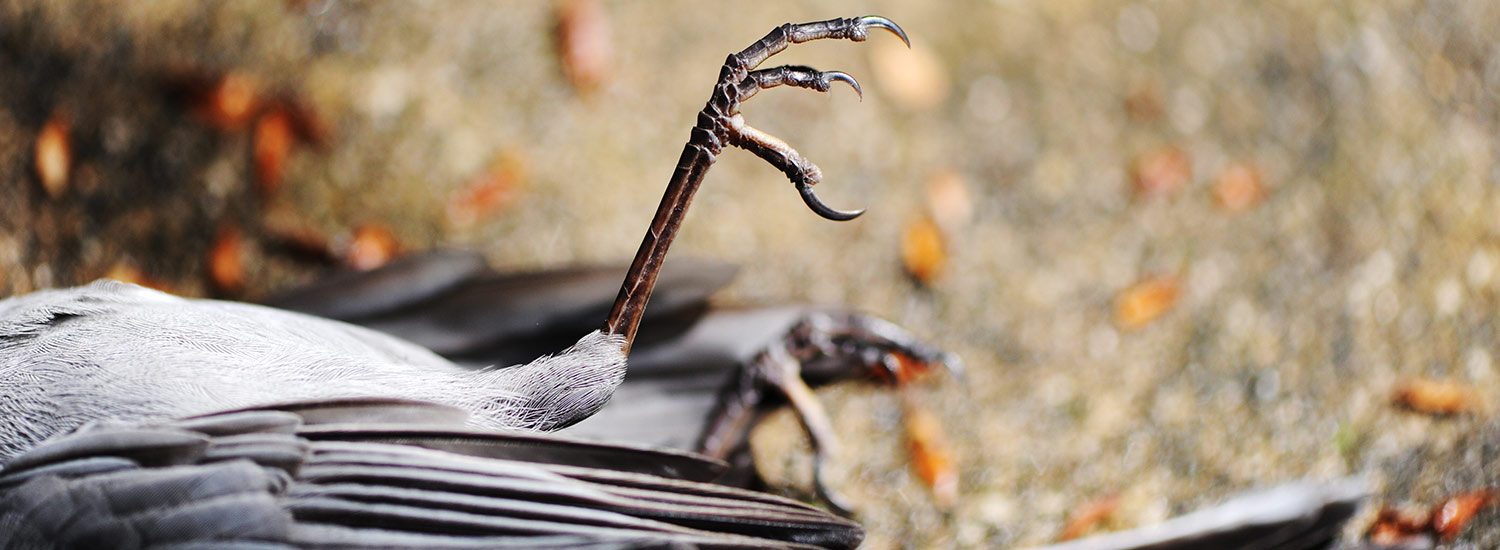After assessing your home for identifying any bird window risk, FLAP Canada recommends you start by treating the priority, high-risk windows first.
Do-it-yourself (DIY) bird-deterrent techniques
Be creative. Treat your glass like a canvas.
- Cover the outside of windows with a contrasting pattern of any shape
- Keep any visual markers no more than 10 cm apart vertically or 5 cm horizontally. To help make your marker pattern less visible to people, while perhaps helping to keep smaller birds safe, such as hummingbirds and kinglets, a window must have no reflective openings larger than 5 x 5 cm (2 x 2 inches).
- Apply to the outside surface of your window to achieve the best results from any bird deterrent.
Other examples of DIY bird-deterrent techniques
- Draw patterns on your windows with a bar of soap or highlighter pen. You may need to repeat this after every rainfall.
- Attach strips of white tape on the outside of your window that follows the specified spacing
- Install external shutters and leave slats in open position no greater than the specified spacing
- Hang columns of parachute cord spaced no more than 10 cm apart for the full width of your window

Northern Goshawk Collides with Window


